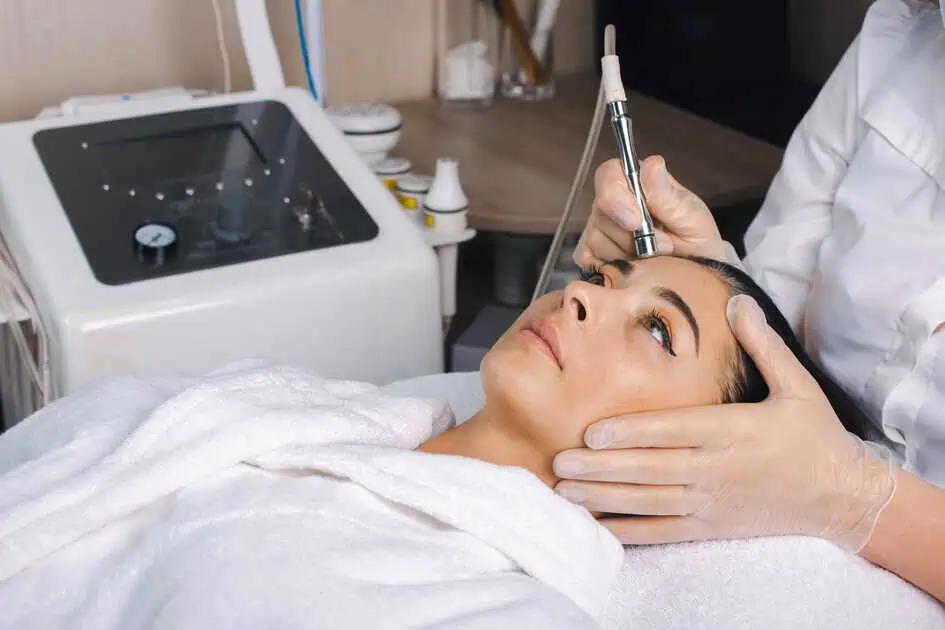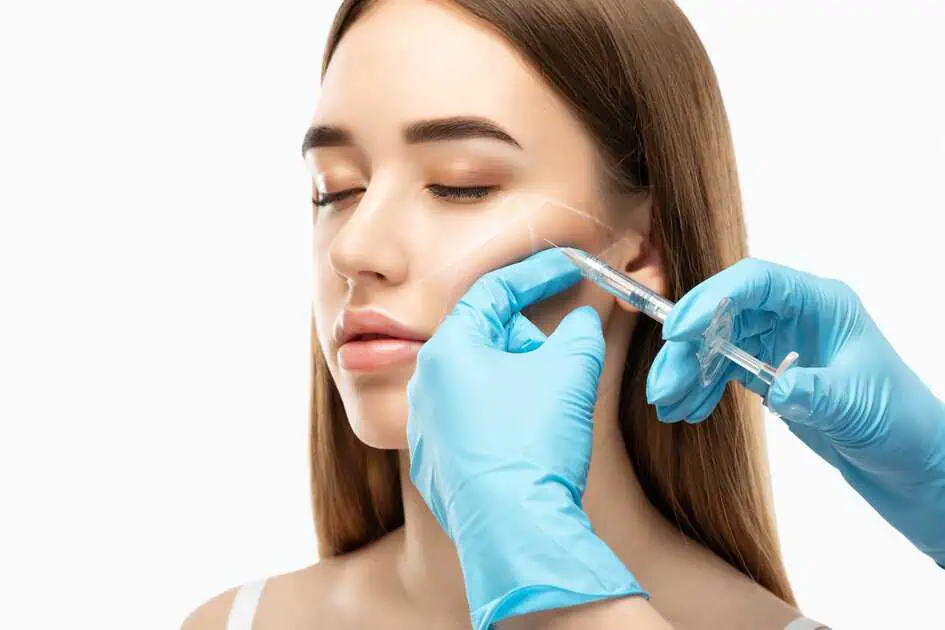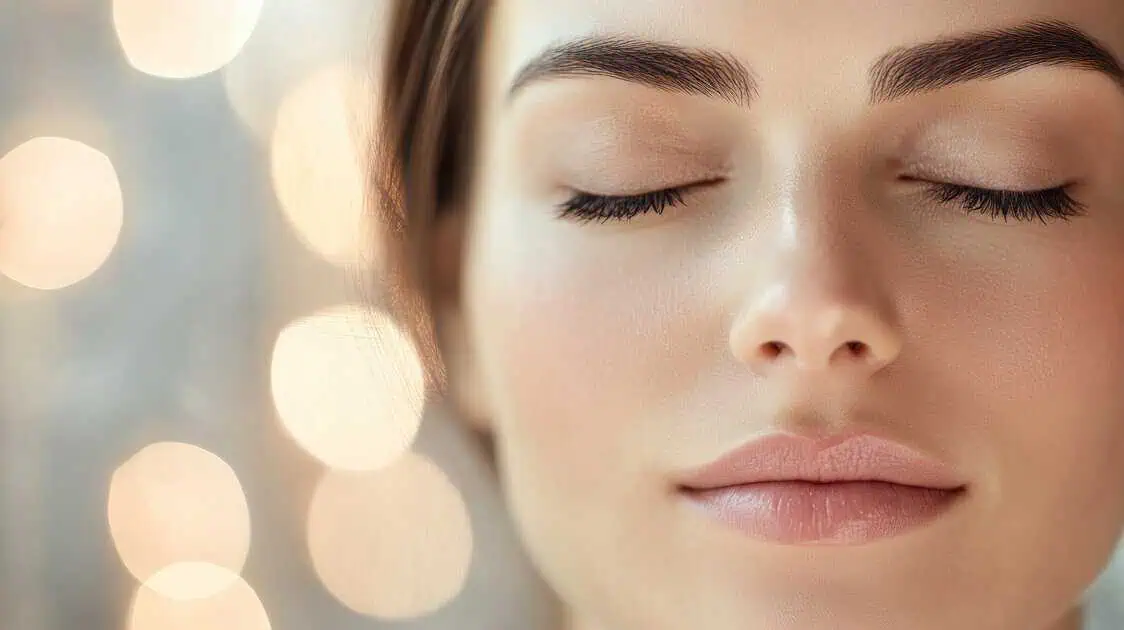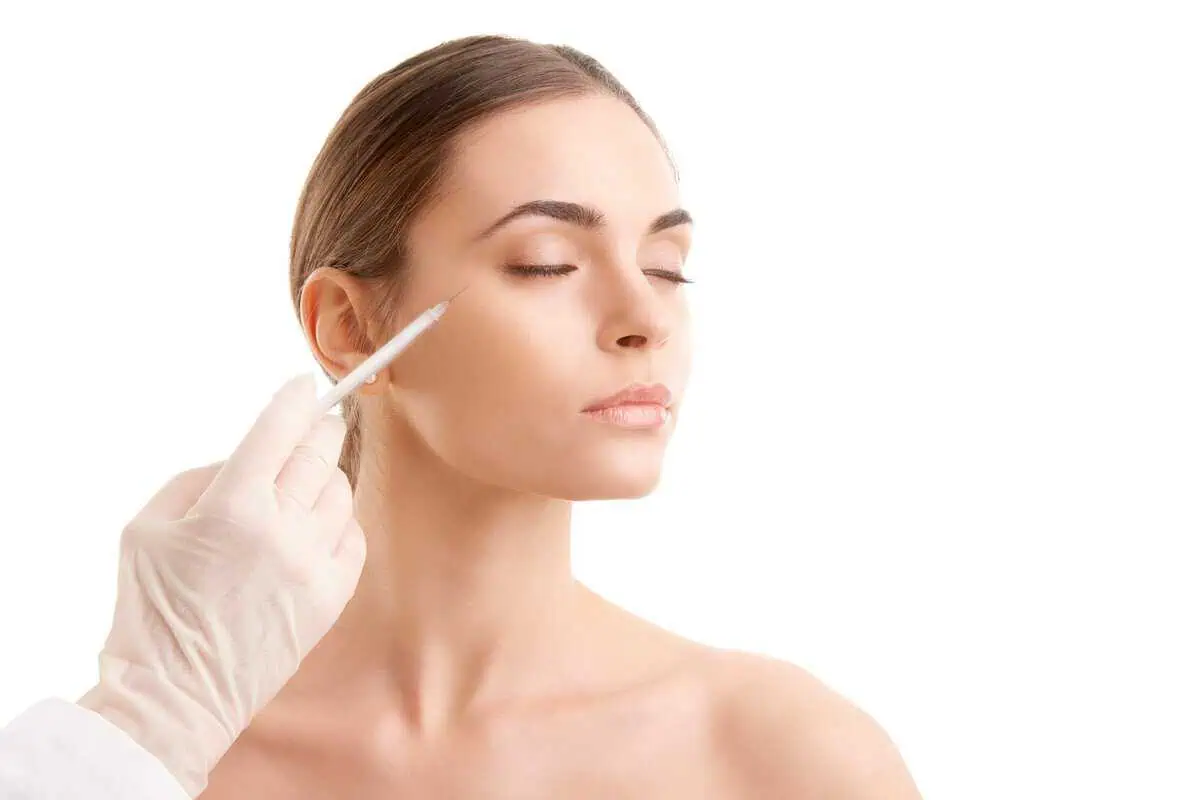Facial fillers offer a way to address wrinkles, loss of volume, and other aging signs without resorting to invasive surgery. While the allure of a quick, relatively painless path to rejuvenation is strong, it’s crucial to understand the guidelines and considerations that come with these procedures, especially regarding age. The question of whether there are age restrictions or specific considerations for getting facial fillers is not just expected; it’s important.
What are Facial Fillers?
Facial fillers, particularly those based on hyaluronic acid, are key in modern cosmetic treatments that enhance facial appearance. Hyaluronic acid is a molecule that intrinsically occurs in the body, helping to maintain skin hydration and volume. When used as a filler, this acid infiltrates the skin to smooth out wrinkles, patch lost volume, or enhance features such as the cheeks and lips. The appeal of hyaluronic acid fillers lies in their safety profile, given their compatibility with the body and the temporary yet immediate results they deliver.
These treatments offer a non-invasive option to surgical approaches, providing a convenient option for individuals seeking to rejuvenate their appearance with minimal downtime. The outcomes of hyaluronic acid fillers are not permanent, lasting several months to a couple of years, depending on individual factors and the specific treatment area. This temporary nature allows for adjustments over time to maintain a natural-looking result.
Injectable Fillers Age Factors
Age is always a factor in the decision-making process for facial fillers, primarily because the skin’s needs and the effectiveness of treatments vary across different life stages. Here are key considerations:
- Starting Age: There’s no one-size-fits-all answer, but most experts agree that fillers are generally suitable for individuals in their late 20s to early 30s, when the first signs of aging appear, such as fine lines or decreased skin elasticity.
- Preventative Use: Some choose to start fillers earlier as a preventative measure to slow the appearance of aging signs. This personal approach should be discussed with a professional to weigh the benefits and potential risks.
- Mid-Life: In the 40s and 50s, facial fillers can be particularly effective for restoring lost volume and diminishing deeper wrinkles. At this age, fillers are often part of a broader anti-aging strategy.
- Older Adults: Individuals in their 60s and beyond may also benefit from fillers, though the focus might shift towards more subtle enhancements to complement the natural aging process. Have realistic expectations and understand that fillers can improve but not entirely reverse age-related changes.
- Individual Needs: Regardless of age, factors such as skin condition, health status, and personal goals should guide the decision to use fillers. A tailored approach ensures the most beneficial outcomes.
- Consultation Is Key: An in-depth consultation with a qualified healthcare professional is essential at any age. This discussion should cover medical history, expectations, potential risks, and the type of hyaluronic acid filler used.
Minimum Age Restrictions
Food and Drug Administration (FDA) has set the minimum age for receiving dermal fillers at 22 years old for certain applications. This guideline implies that individuals under 21 are generally excluded from these treatments for the approved uses. This age limit is established based on various considerations, including the maturity required to fully grasp the implications of cosmetic enhancements and the completion of facial growth, which can extend into early adulthood.
Fillers Eligibility
Candidates should consult with a qualified healthcare professional to assess their suitability for filler treatments, considering their needs, concerns, and medical backgrounds. But here’s a quick look:
- Skin Condition: Ideal candidates have noticeable lines, wrinkles, or volume loss they wish to address. The skin’s condition, including its elasticity and overall health, plays a crucial role in determining eligibility.
- Overall Health: Good general health is essential. Conditions that affect healing or pose a risk during cosmetic procedures can disqualify someone from being a good candidate for fillers.
- Realistic Expectations: Understanding the potential outcomes and limitations of fillers is critical. Candidates should seek improvement rather than perfection and clearly grasp what fillers can and cannot achieve.
- No Active Skin Infections: Areas targeted for treatment must be free from active skin infections, sores, or acne to minimize risks and ensure the best possible outcomes.
- Not Pregnant or Breastfeeding: Safety data for the use of fillers during pregnancy or while breastfeeding is limited. Individuals in these categories are generally advised to postpone treatment.
- Informed Consent: Candidates must be capable of providing informed consent understanding the procedure, its risks, and aftercare requirements.
Filler Procedure Experience
On the day of the treatment, the target area on your face will be cleaned, and a topical anesthetic may be applied to minimize discomfort. Hyaluronic acid fillers are then injected into specific face areas to add volume, smooth out wrinkles, or enhance contours. The needle or cannula used for these injections is typically very fine, making the process relatively painless, though you might feel a slight pinch or pressure.
After the injections, the practitioner may gently massage the treated areas to distribute the filler evenly. You’ll likely see the effects almost immediately, though it may take a few days for any swelling or bruising to subside and reveal the final outcome.
The filler procedure is generally quick; most people can resume normal activities on the same day. However, avoiding strenuous exercise, excessive heat, and sun exposure for the first 24 to 48 hours is recommended to reduce swelling and bruising.
Side Effects
Experiencing mild discomfort, redness, or swelling at the injection sites after receiving facial fillers is a standard part of the process. These reactions are the body’s natural response to the injection and are typically mild. While they might be slightly inconvenient, they are usually temporary and tend to subside independently within a few days post-procedure. In some cases, individuals might also notice minor bruising or tenderness in the treated areas, but these symptoms are temporary and can be supervised with simple care measures.
Your healthcare provider will offer detailed aftercare instructions to help manage these side effects and ensure a smooth recovery. These instructions include applying ice packs to reduce swelling, avoiding touching or rubbing the treated areas to prevent filler migration, and staying out of direct sunlight to reduce the risk of swelling and bruising. Additionally, you may be advised to avoid alcohol and certain supplements or medications that can increase bruising for a short period before and after the procedure.
Takeaway
At Movel Medical Aesthetics, we’re committed to helping you achieve your aesthetic goals with the highest care and expertise. Our team is ready to guide you through enhancing your natural beauty with our state-of-the-art hyaluronic acid facial fillers. Don’t wait any longer to see the transformation you’ve been dreaming of. Contact us today and start your assessment to take the first step towards a refreshed and rejuvenated appearance. Your journey to confidence and radiance begins with Movel Medical Aesthetics.







